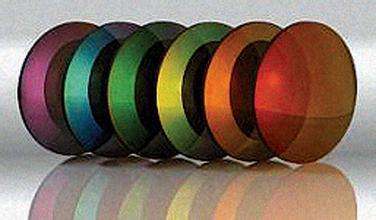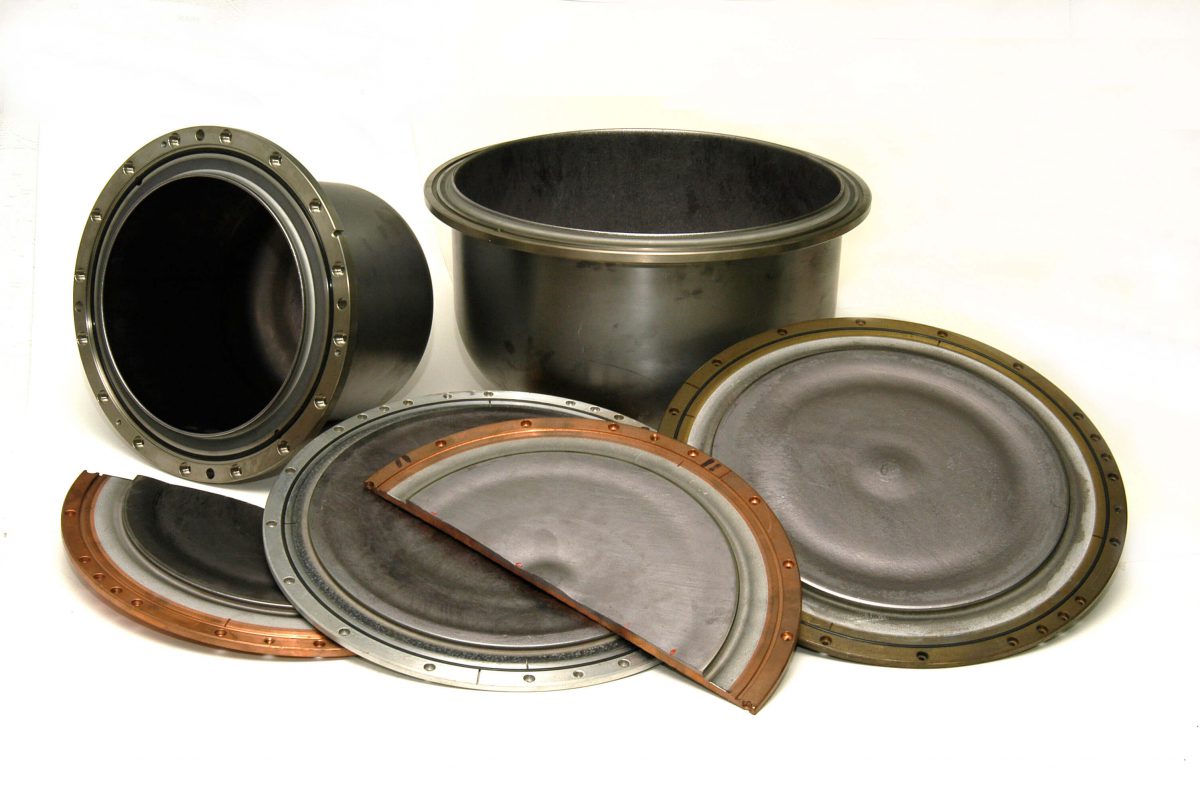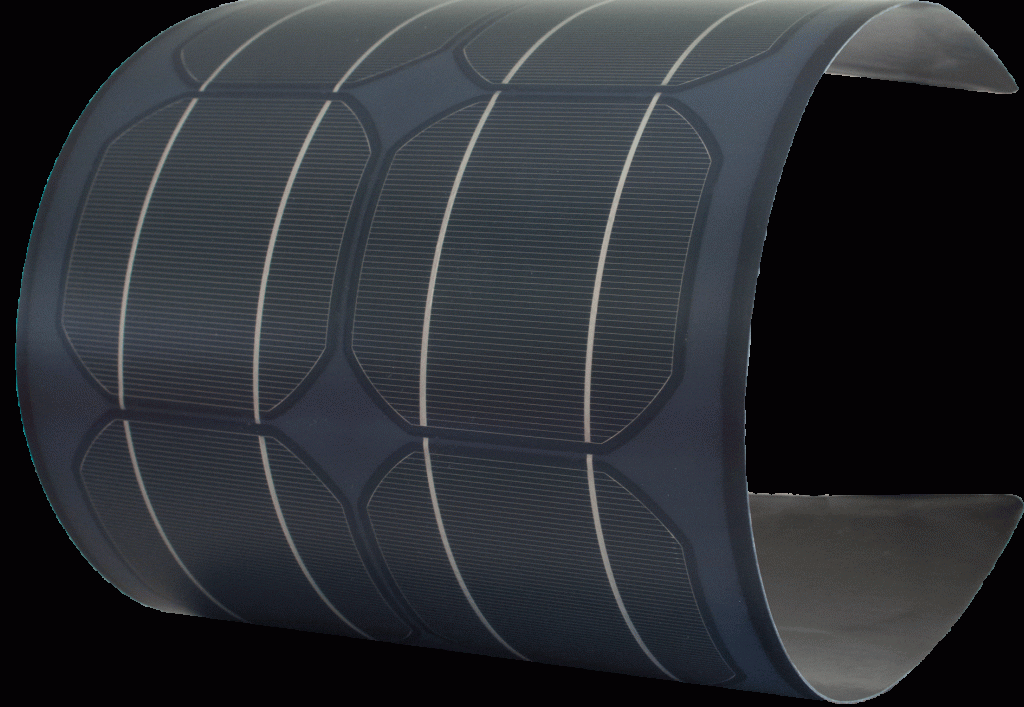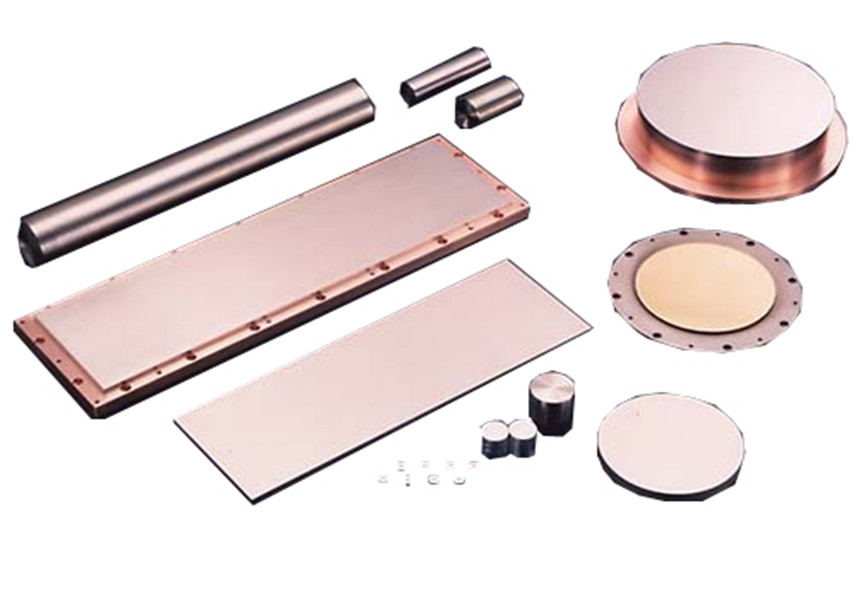In today’s electronics industry, many electronic components are manufactured using a vacuum coating process. Vacuum coating has become an indispensable technology for the manufacture of electronic components. The current vacuum coating technology is to evaporate and sputter a metal or alloy in a vacuum to deposit it on a substrate. Vacuum evaporation and magnetron sputtering coating are two main vacuum coating technologies.
Vacuum evaporation
History
In 1857, Michael Faraday first proposed the basic principle of vacuum evaporation. Later, in the 1930s, the oil diffusion vacuum pump was put into practical use, and it was mainly used to make the lens anti-reflection film. During the Second World War, the demand for materials from other optical machines increased, and vacuum evaporation also developed rapidly.
Principle
In a vacuum state, the evaporation pellets in the evaporation vessel is heated to cause atoms or molecules to escape and deposit on the surface of the evaporation material to form a solid film. Depending on the type of vapor deposition material or substrate, it can be classified into heating methods such as resistance heating, electron beam, high-cycle induction, and laser. The vapor deposition materials include metal evaporation materials such as aluminum, lead, gold, silver, platinum, and nickel, and materials capable of producing optical properties, and oxides and fluorides such as SiO2, TiO2, ZrO2, and MgF2 are mainly used. In addition to metal, vapor deposition can be used for resin and glass, and in recent years, continuous paper has also become vapor-depositable.
Advantages
The device is simple and easy to operate; the film formation rate is fast and the efficiency is high.
Disadvantages
The thickness uniformity of the film is not easy to control, the evaporation container has hidden dangers, the process repeatability is not good, and the adhesion is not high.
Magnetron sputtering coating
History
As a very effective thin film deposition method, magnetron sputtering technology has been widely and successfully applied in many fields, especially in the fields of microelectronics, optical films and material surface treatment, for thin film deposition and surface coating preparation. In 1852, Grove first described the physical phenomenon of sputtering. In the 1940s, sputtering technology began to be applied and developed as a deposition coating method. With the rapid rise of the semiconductor industry in the 1960s, this technology was widely used and widely used in the integrated circuit production process for depositing metal electrode layers of transistors in integrated circuits. The emergence and development of magnetron sputtering technology, and the use of reflective layers for CD production in the 1980s, the field of application of magnetron sputtering technology has been greatly expanded, and gradually become a common means of manufacturing many products, and in the last ten years, a series of new sputtering techniques were developed.
Principle
Electrons accelerate to the substrate under the action of an electric field. In this process, electrons collide with argon atoms to ionize a large amount of argon ions and electrons. Under the action of an electric field, argon ions accelerate the bombardment of the sputtering target, and sputter a large number of target atoms, and the target atoms are deposited on the surface of the substrate to form a film.
Advantages
The process repeatability is good, the film has high purity, uniform film thickness and good adhesion.
Disadvantages
The structure of the device is complicated, and once the sputtering target penetrates, the entire target is scrapped, so the utilization rate of the target is low. Using rotatory sputtering target can increase the utilization of the target.
Please visit https://www.sputtertargets.net/ for more information.





